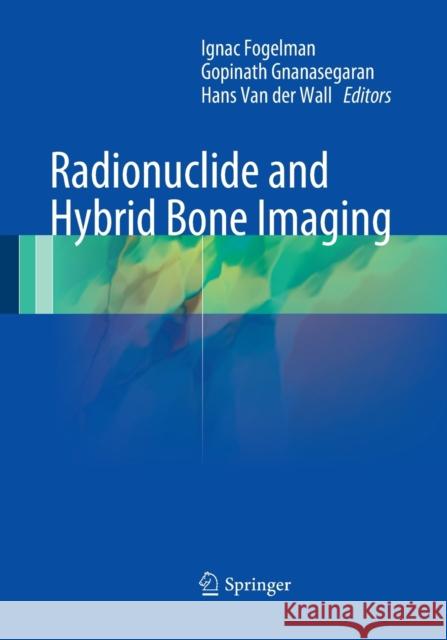Radionuclide and Hybrid Bone Imaging » książka
topmenu
Radionuclide and Hybrid Bone Imaging
ISBN-13: 9783662505687 / Angielski / Miękka / 2016 / 1046 str.
Kategorie BISAC:
Wydawca:
Springer
Język:
Angielski
ISBN-13:
9783662505687
Rok wydania:
2016
Wydanie:
Softcover Repri
Ilość stron:
1046
Waga:
1.79 kg
Wymiary:
25.4 x 17.78 x 5.28
Oprawa:
Miękka
Wolumenów:
01
Dodatkowe informacje:
Wydanie ilustrowane











